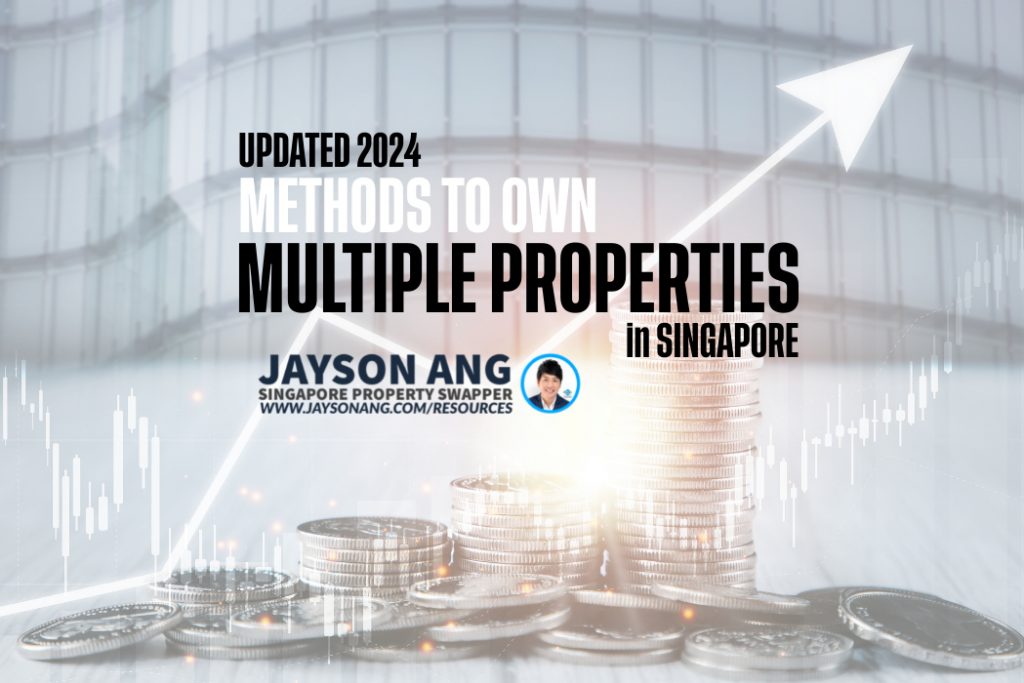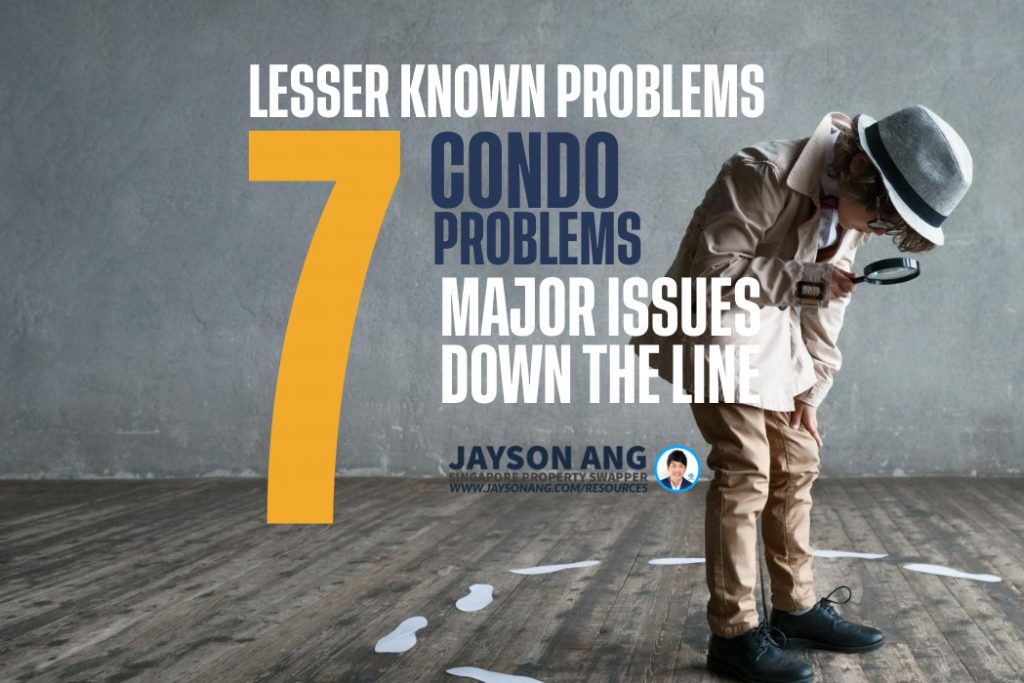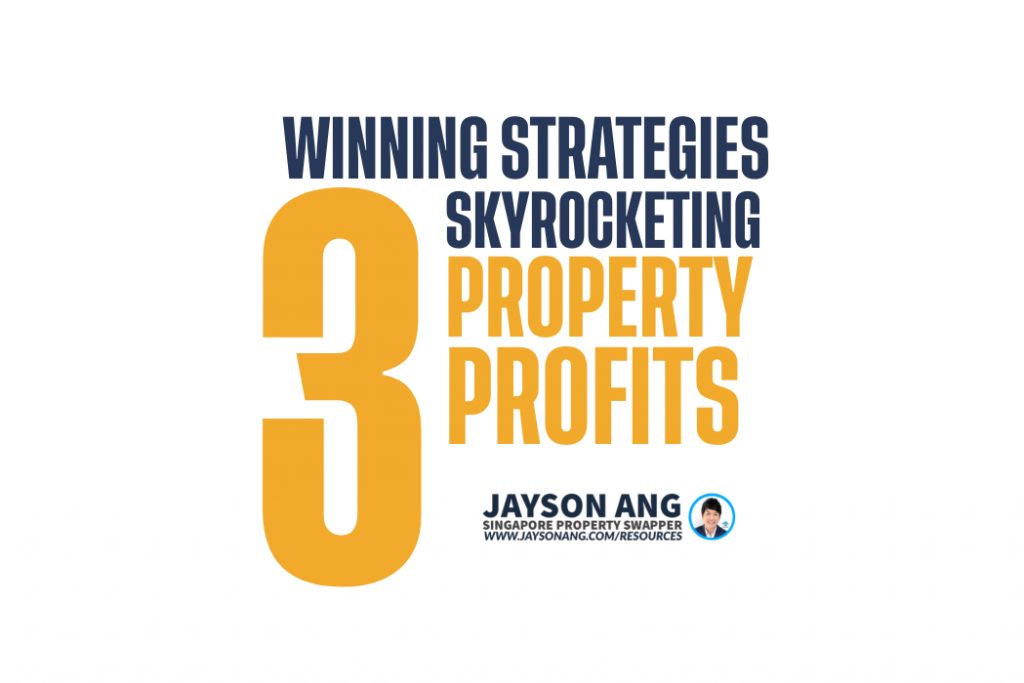TLDR
Newly launched condominium buyers face uncertainties about price changes, proximity to schools, construction methods, maintenance costs, elevator availability, commercial management, and waste disposal systems. Understanding these factors can impact investment decisions significantly.
The issue with newly launched condominiums is that you’re largely buying into an idea, not a tangible product. Instead of concrete walls you can knock on, you’re investing based on promotional materials, faith, and a model unit.
If it’s your first time dealing with a property developer, you might find yourself at a loss for what to inquire about.
To help, here’s a list of less common but crucial queries that might impact the condition of your condo or its future value:
1. If You Weren’t One Of The First Buyers, How Have The Prices Changed Since The Launch?
A major incentive for investing in a new property launch is the price progression or the developer’s pricing arbitrage.
As a general guide, buying early often means a lower price tag, while a later purchase could cost you more. This can give you an idea of the potential bargain you might be getting.
It’s best to aim for a steady, non-volatile pattern of price increases. Let’s take a gander at Treasure at Tampines as an illustration:
The average prices here followed a gentle upward curve from $1,335 psf at the outset to $1,584 psf at the tail end. Early bird buyers saw a decent 18.6 per cent profit margin, achieved within a mere three-year span.
When purchasing a new development, you won’t have access to the final price; but you can observe if the pricing is subject to abrupt fluctuations. Reflections at Keppel Bay stands as a case in point:
It was quite the wild ride, even though the first purchasers got a bit lucky, with prices soaring from $1,783 psf to $2,267 psf. This equals a 27 per cent surge, but halfway through there was uncertainty about the direction of the prices. Between June 2007 and June 2009, the price actually dipped from $1,783 to $1,649 psf.
There are instances where early investors suffered losses, such as with Sky Habitat:
In 2012, buyers coughed up an average price of $1,583 psf, whereas the last buyers forked out an average of $1,493 psf; a situation that surely left the early birds less than pleased. However, there were red flags, as the pricing demonstrated considerable volatility even in year one.
Keep in mind that price staging isn’t always starkly evident, as it often reflects a price hike due to floor level variations rather than early bird discounts.
2. Is The Postal Code Within The Vicinity Of Another School, Or Any School At All?
Living close to a school, say about a kilometre or so, can bump up your kid’s chances of getting in. To figure out how close you are, check out OneMap.sg. It’s a handy tool that uses postal codes to measure the distance. Just keep in mind, different blocks in the same project might have different postal codes.
They tweaked the way they calculate this distance back in 2021 (you can find out more about it over here).
Let’s take Leedon Green for example. Blocks with postal codes from 266077 to 266222 are close enough to Nanyang Primary School for enrolment. But those with codes 266075 to 266076? Not quite within a kilometre of any school. So, if you’re keen on a specific school, you might wanna pick your unit carefully.
Here’s a tip for investors too: units within school enrolment range could offer a better bang for your buck when it comes to value appreciation or rental prospects.
3. Is the PPVC Construction Method Being Utilized For The Project?
The Prefabricated, Prefinished Volumetric Construction (PPVC) technique involves the full assembly of condo modules in a separate facility, prior to being transported and installed on the actual site. It’s akin to creating fully furnished condo units off-site and then arranging them on-site much like playing with Lego blocks.
This approach holds value for both investors and homeowners, offering an earlier move-in timeline, which can translate into rental income or savings on interim rent payments.
However, while PPVC promotes efficiency and swift project completion, it does come with a few downsides. A key concern is the restriction it places on the overall layout flexibility. To illustrate, most PPVC units maintain consistent dimensions – a ceiling height of roughly 2.75 metres and a width of around 2.8 metres, which aids in their transportation.
Consequently, many PPVC projects fall victim to the “cookie-cutter” syndrome, where all units bear uncanny similarities. In most cases, the walls are non-alterable, eliminating options such as merging two smaller bedrooms by removing a wall. Therefore, if you’re seeking more adaptability, it might be more fitting to choose a project that doesn’t employ the PPVC method.
4. What Is The Maintenance Cost?
The upkeep charges for your condo are directly proportional to the Share Value (SV) of your property. The rule of thumb here is, greater the SV, heftier the monthly outgoings. As we step into 2023, you’ll find that the average maintenance fee for most non-luxury, newly launched condos hovers around $400 per month. However, don’t be shocked if this figure shoots up for premium units such as penthouses, even in a widely accessible condo.
Sadly, there’s no binding agreement that commits the developer to stick to the quoted figure. The final tally could shoot up, just like it did with Parc Komo and Dairy Farm Residences condos recently. It’s worth mentioning that sales agents can only relay information provided by developers. Hence, even if agents have a sincere approach, they’re somewhat handicapped in this aspect. From what we’ve observed so far, these incidents tend to crop up more frequently in mixed-use developments which incorporate commercial elements.
In any case, it’s crucial for you to consider this when planning your future living expenses. If the speculated maintenance is already pushing your budget limits, bear in mind that it can potentially spike further. Based on our ground intel, upkeep costs for condos are predicted to rise due to factors such as vendor contract escalations, inflation, and wage hikes post-Covid era.
5. How Many Lifts Are There Per Block?
In sizeable condominiums, say those with over 800 residences, having just two or three elevators per building can pose a challenge. With a high volume of individuals on the move – contractors, movers, delivery folks, and holiday visitors – a couple of elevators may not cut it, leading to lengthy waiting periods. Let’s not forget, elevators aren’t foolproof, and should one cease to function, you wouldn’t want to be stuck at the top of a 300-unit high-rise.
A possible workaround is to opt for an apartment on a lower level. Generally, navigating up to the fourth floor without elevator assistance seems manageable.
But it’s worth noting that adding more elevators isn’t without its drawbacks. Maintenance costs could spike, although many residents might prefer to bear these expenses than endure a ten-minute wait to reach their vehicle during the morning hustle.
6. How Is The Commercial Element Being Managed?
Having a mix of residential and commercial spaces within a condo project can be a major plus. Notably, the convenience of on-site shops or eateries can be pretty appealing. But, the quality of these commercial outlets can swing quite a bit.
Take The Poiz, for example. The developers put a lot of thought into who they rented their commercial spaces to, ultimately including a grocery store. Now, the condo serves as a central hub in the area, largely because of its well-planned amenities. What you wouldn’t want though, is a place where commercial spaces are sold to anyone willing to buy, without any consideration of what they’ll do with it.
If there’s no guidelines on who can set up shop, you might be left guessing if these places will add any value at all. You might just get a bunch of loan offices downstairs, or massage centers and jumbled goods stores that you never really need to visit.
7. What Is The Waste Disposal System Like?
Ideally, you’d want your trash drop-off zone tucked away, preferably underground or hidden from view, especially from your living space. It’s also important to see if each place has its own garbage chute, or if all the rubbish needs to be carted off to a shared spot.
While some folks like the idea of having a personal chute in their home, there’s a fair share who aren’t fans, as it might invite unwanted critters. Ground floor homes are more at risk, sitting at the bottom of the chute where the waste gathers. In some older complexes, residents have gone to the extent of completely closing off the chute.
A clever workaround could be to enjoy your own chute but choose to reside on the top floor, reducing the chance of pest issues.
Another factor to consider is the upkeep expense. Maintaining separate chutes in every unit can be a bit heavy on the pocket and demands more effort, which led to HDB discontinuing this system for newer apartments.
However, we’ve heard that the tech and management ways for handling chute systems are getting better, so the previous statement might not apply to future condos.
Should You Buy, Sell or Wait?
If you’re reading this, you must be trying to figure out the best course of action right now: is it the right time to buy or sell?
It’s difficult to give an exact answer since everyone’s situation is unique and what works for one person may not necessarily work for you.
I can bring you a wealth of on-the-ground experience and a data-driven approach to provide clarity and direction. From beginners to experienced investors, our top-down, objective approach will help you on your real estate journey.
I can help you by:
- Offering Strategic Real Estate Advice – I can help create a comprehensive plan to guide you through your property journey.
- Connecting Your Home with the Perfect Buyers – Through stunning visuals, an effective communication strategy, and an in-depth knowledge of the market, we’ll ensure your home is presented in the best possible way to fulfill your goals.
You May Also Like …
























































































